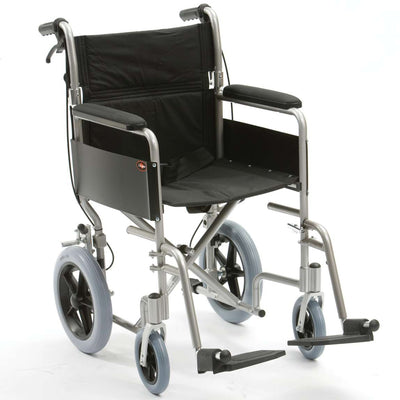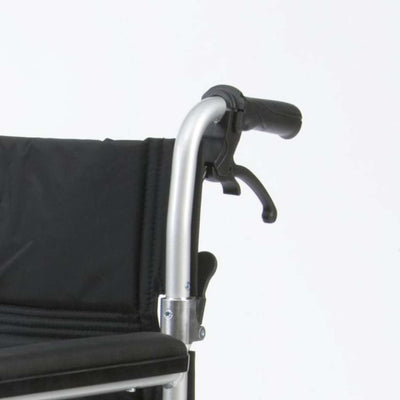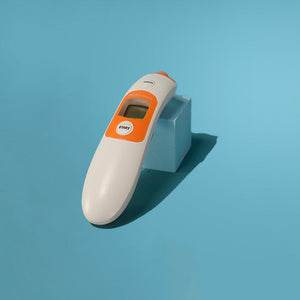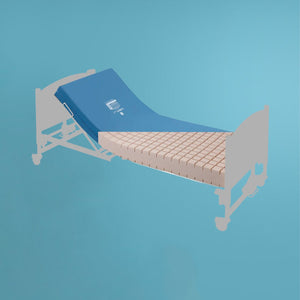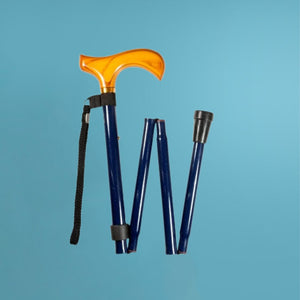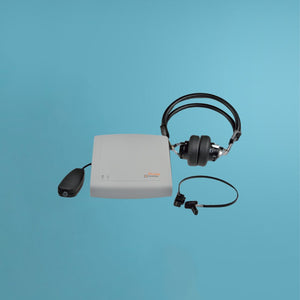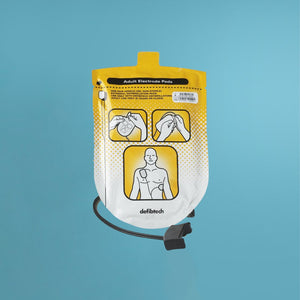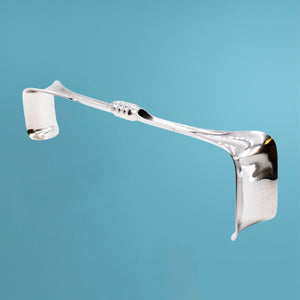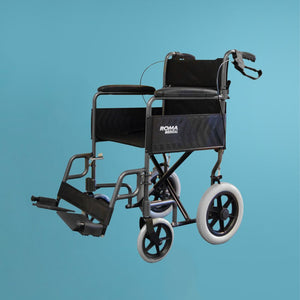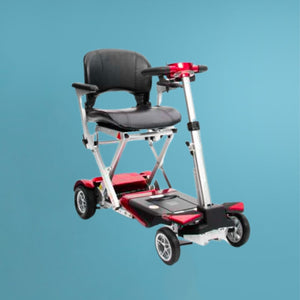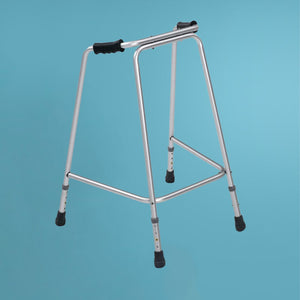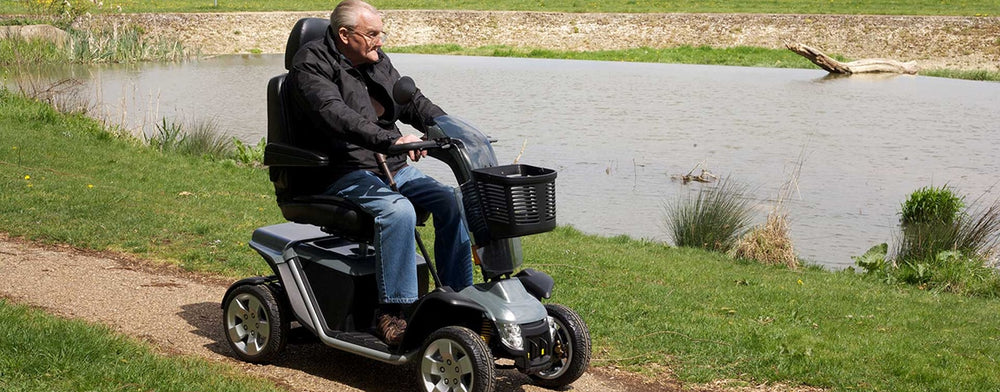The Invention of the 1st Mobility Scooter
Mobility scooters have become a common sight in many parts of the world, especially in developed countries with ageing populations. These vehicles provide a means of transportation for people with mobility issues, allowing them to move around with ease. However, the history of mobility scooters is not well known. In this essay, we will explore the invention of the 1st mobility scooter.
The first mobility scooter was invented in 1968 by a man named Allan R. Thieme. Thieme was a plumbing and heating contractor from Michigan who had a family member with multiple sclerosis. He saw the difficulties that his relative faced when trying to move around, and he wanted to find a solution to help people like him.
Thieme's invention was called the Amigo, and it was a three-wheeled electric scooter. It was designed to be lightweight, easy to manoeuvre, and compact enough to fit through narrow doorways. The Amigo had a maximum speed of 3 mph and could travel up to 20 miles on a single charge.
The Amigo was an instant success, and Thieme soon found himself inundated with orders from people who wanted to buy the scooter. He established Amigo Mobility International, Inc. to manufacture and distribute the scooters, and the company quickly grew into a multimillion-dollar business.
Over the years, the design of mobility scooters has evolved significantly. Today's models are more powerful, more comfortable, and more stylish than the original Amigo. However, Thieme's invention paved the way for the development of these vehicles and made a significant contribution to the lives of millions of people with mobility issues.
We can see that the invention of the 1st mobility scooter by Allan R. Thieme in 1968 was a significant milestone in the history of mobility aid. The Amigo provided people with mobility issues with a means of transportation that was easy to use, compact, and reliable. Thieme's invention revolutionized the way people with mobility issues could move around and paved the way for the development of modern mobility scooters that we see and use today.
Here is a short timeline of events that led up to the mobility scooter we know today:
The first mobility scooter was invented by Allan R Thieme in 1968. He created the first mobility scooter for a family member who had a limited ability to walk.
In the 1970s, mobility scooters became popular among people with disabilities, and the first company to mass-produce them was Amigo Mobility International.
The 1980s saw the introduction of the first electric mobility scooter. This innovation made mobility scooters more efficient, reliable, and easier to use.
In the 1990s, mobility scooters became more widely available and affordable. This decade also saw the introduction of more advanced features, such as swivel seats, adjustable armrests, and better suspension.
In the 2000s, there was a significant increase in the use of mobility scooters among older adults. This was due to the aging population and the need for increased mobility.
Today, mobility scooters continue to evolve. They are becoming more lightweight, portable, and designed with the latest technology.
Mobility scooters have come a long way since their invention in 1968. Despite the challenges, the development of mobility scooters has enabled people with limited mobility to lead more independent and fulfilling lives.




